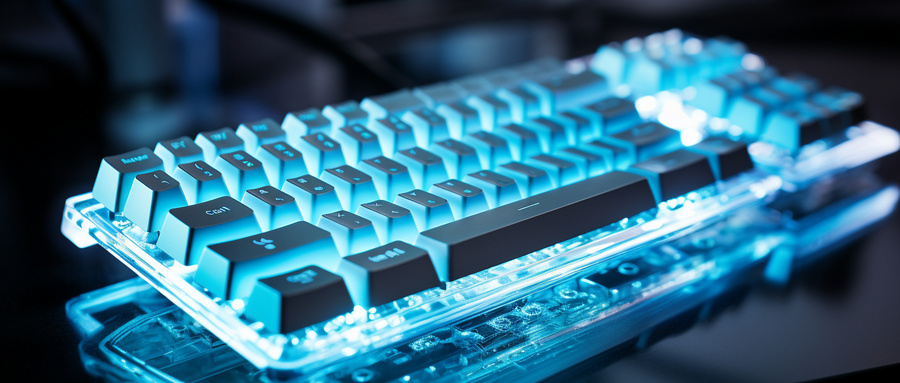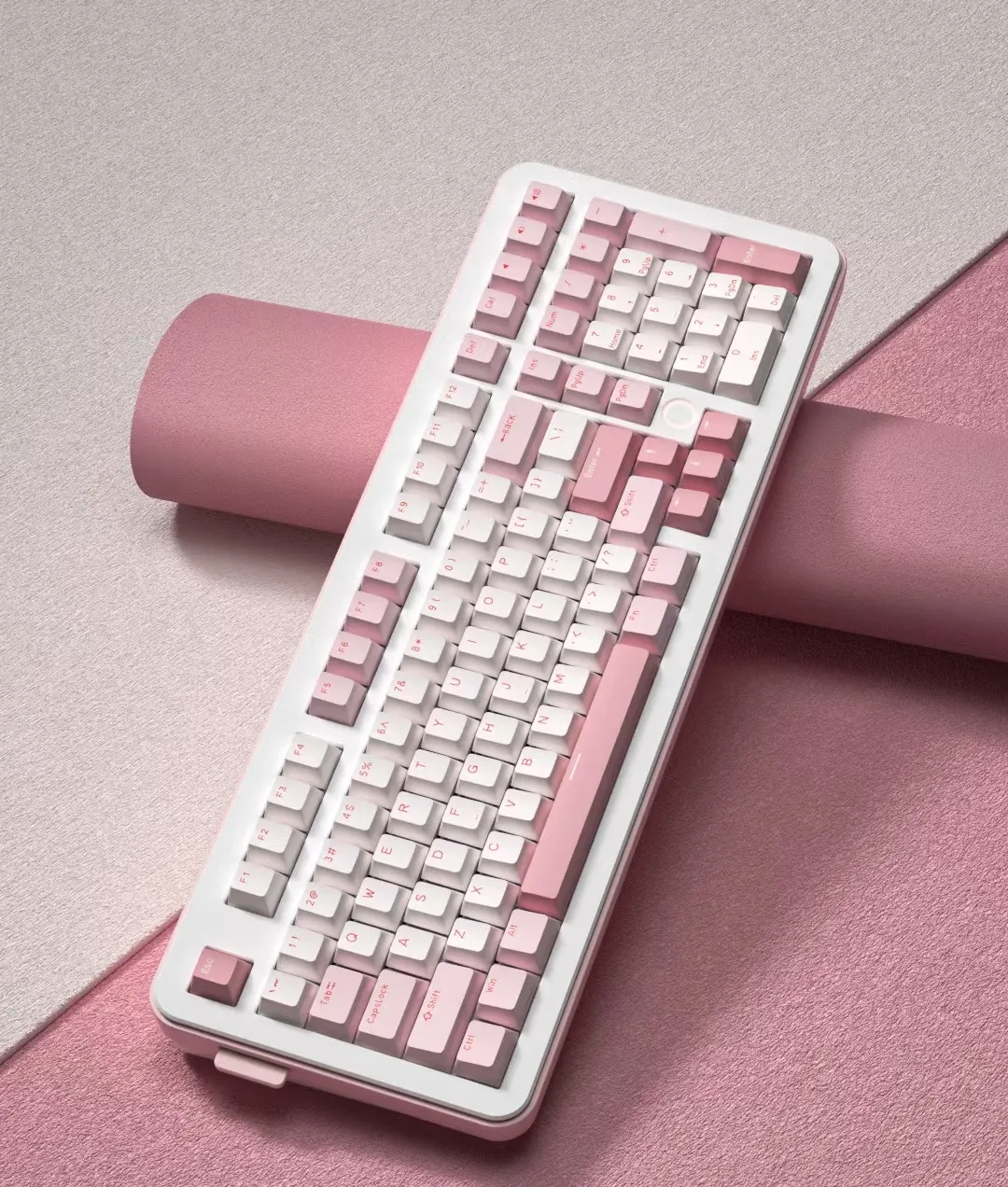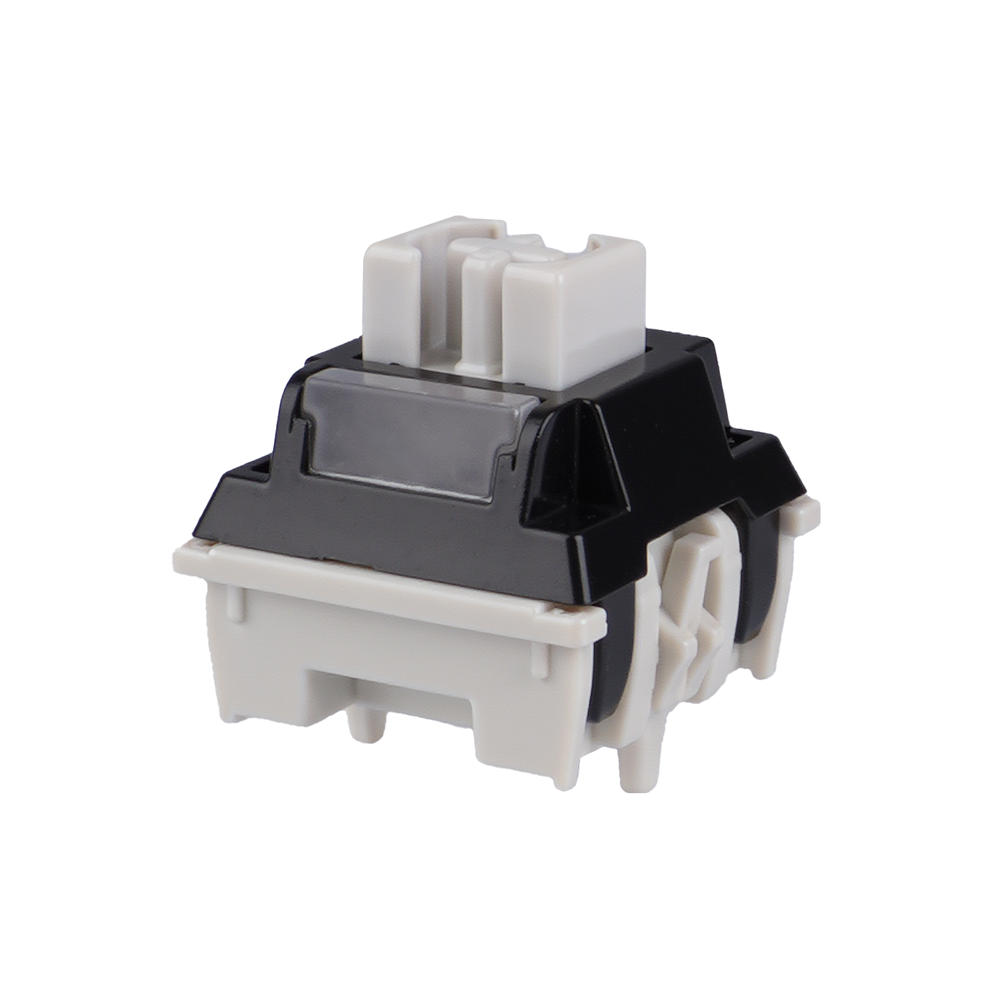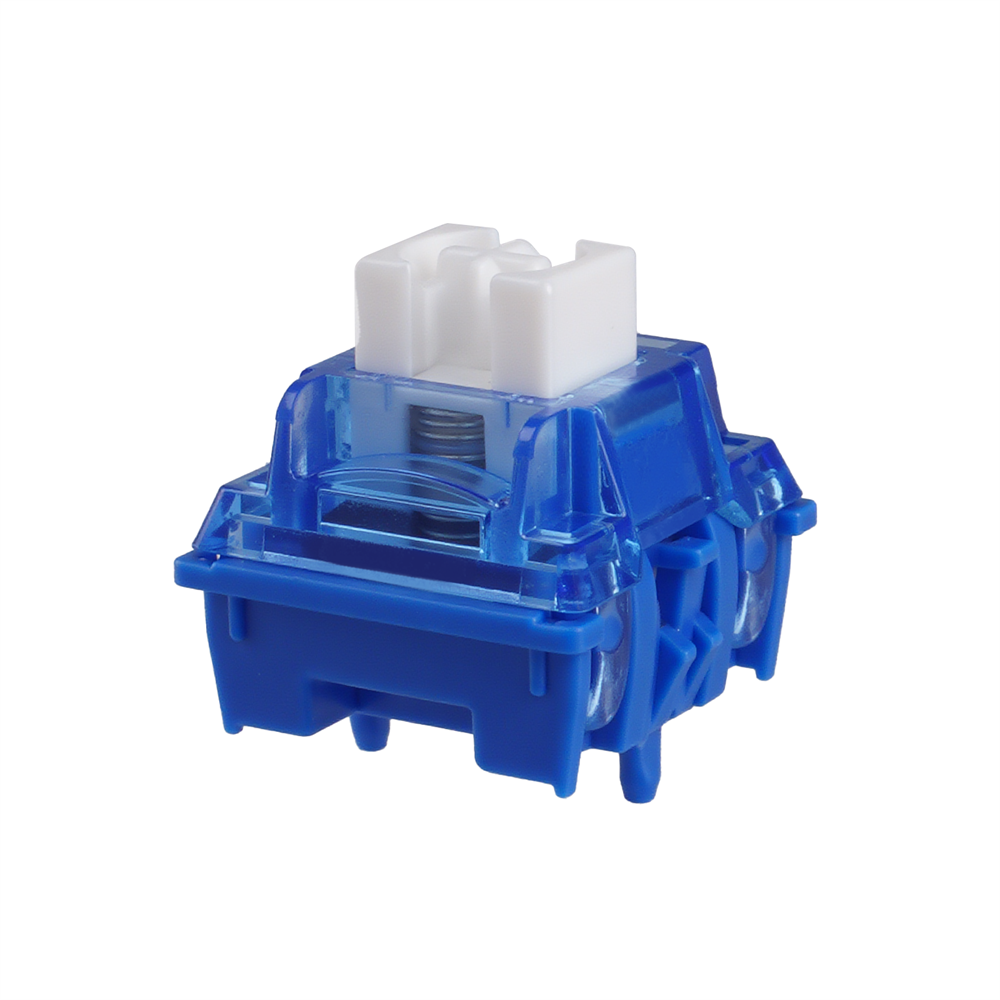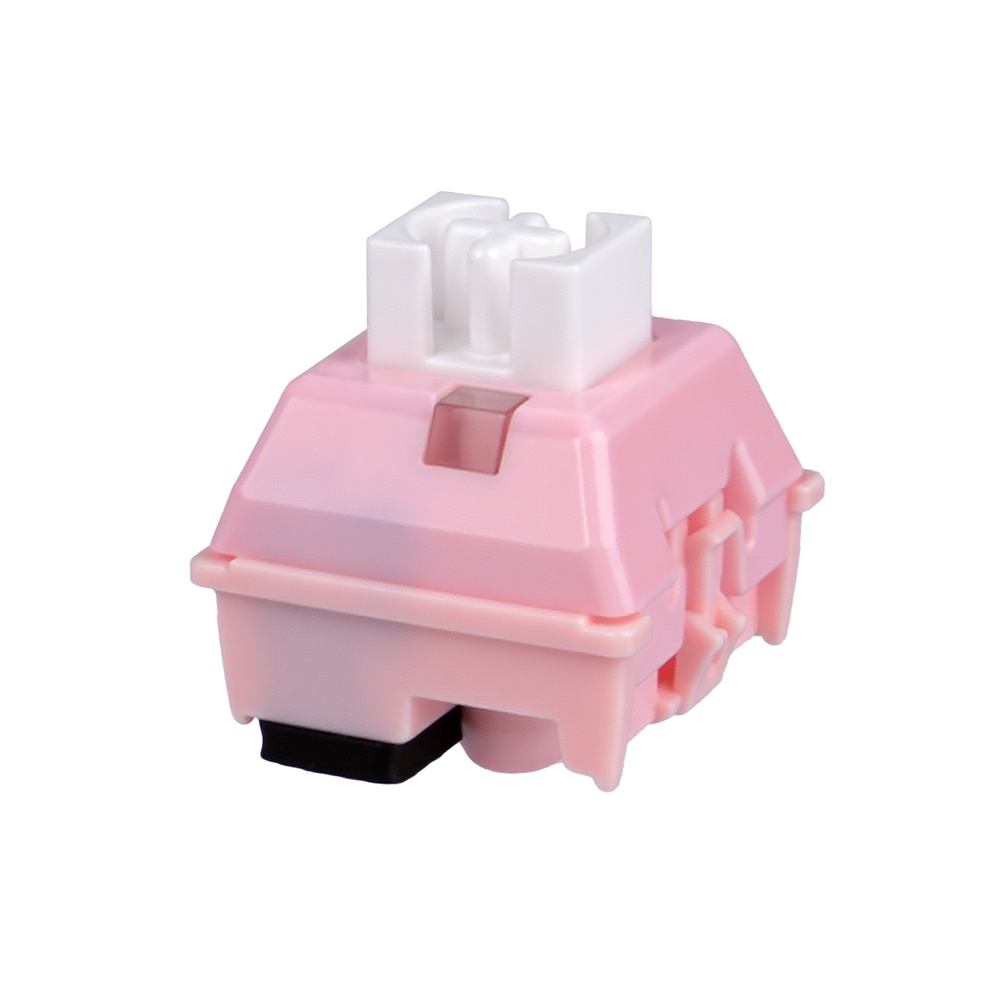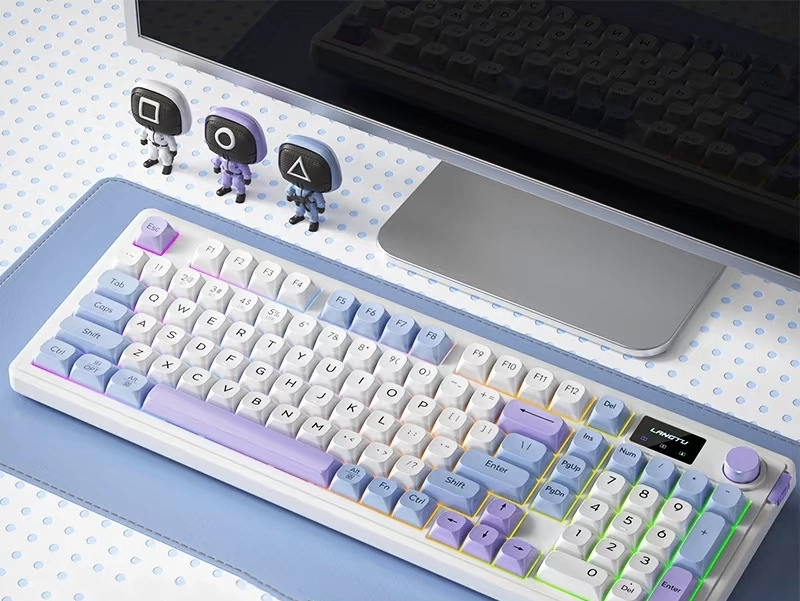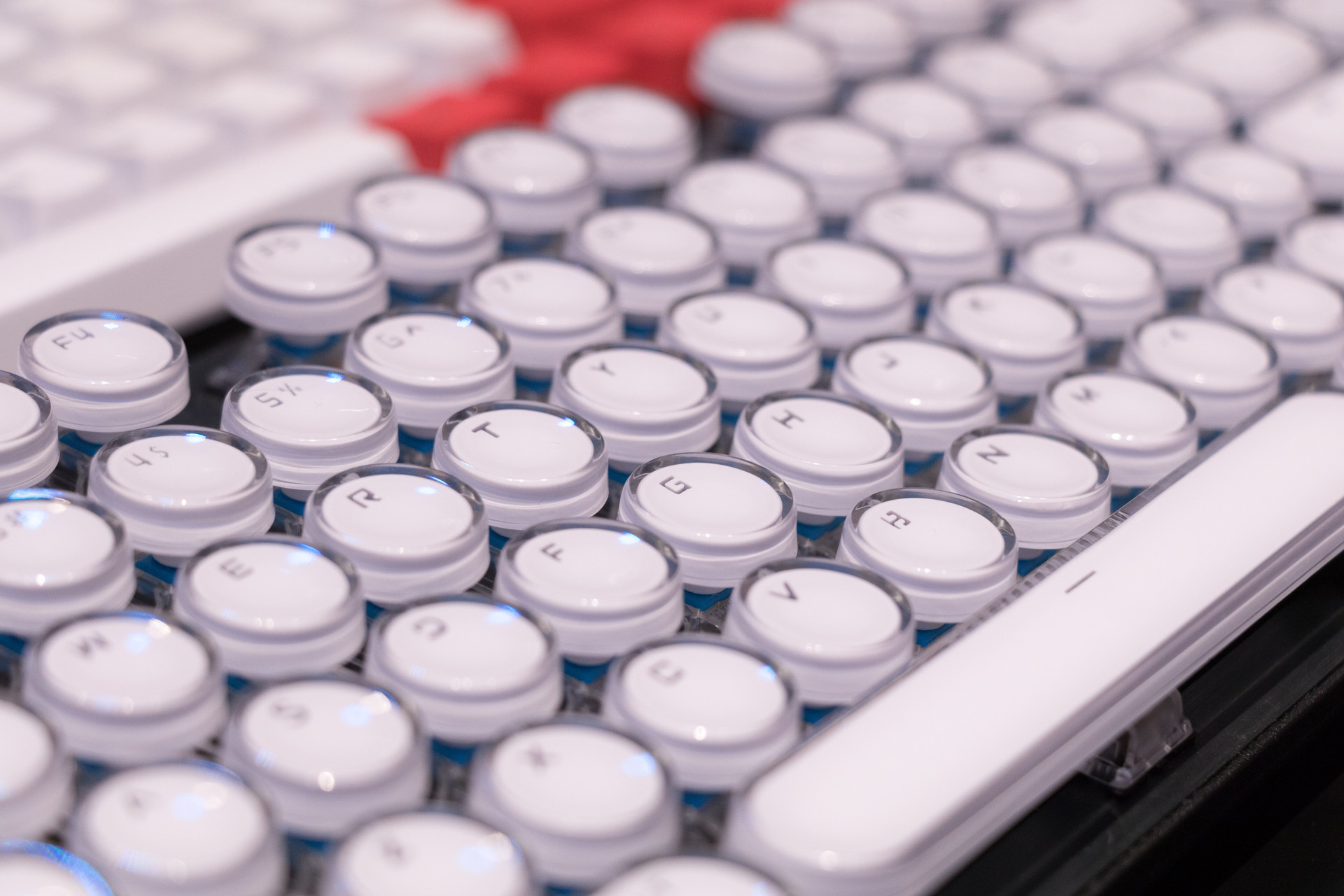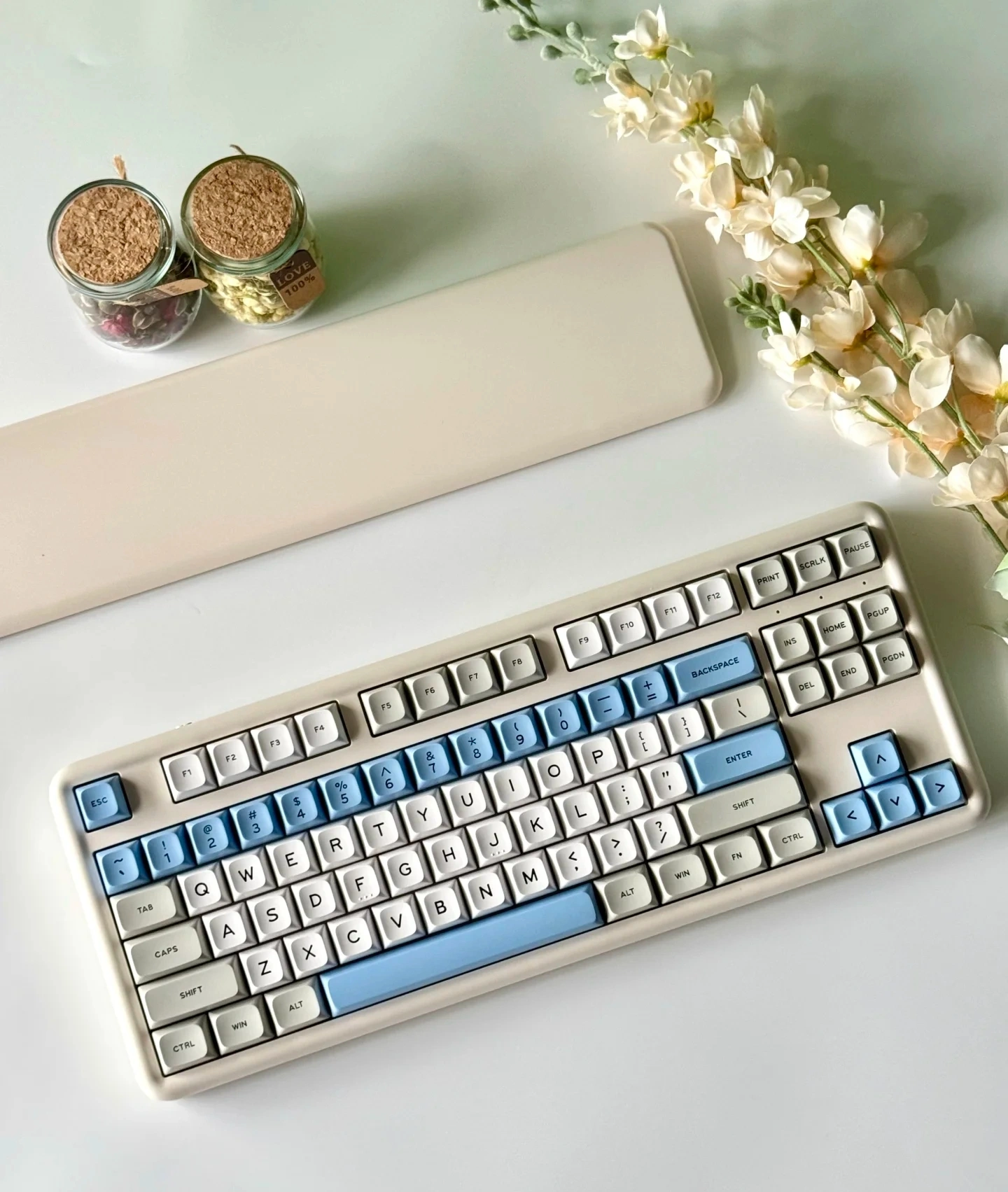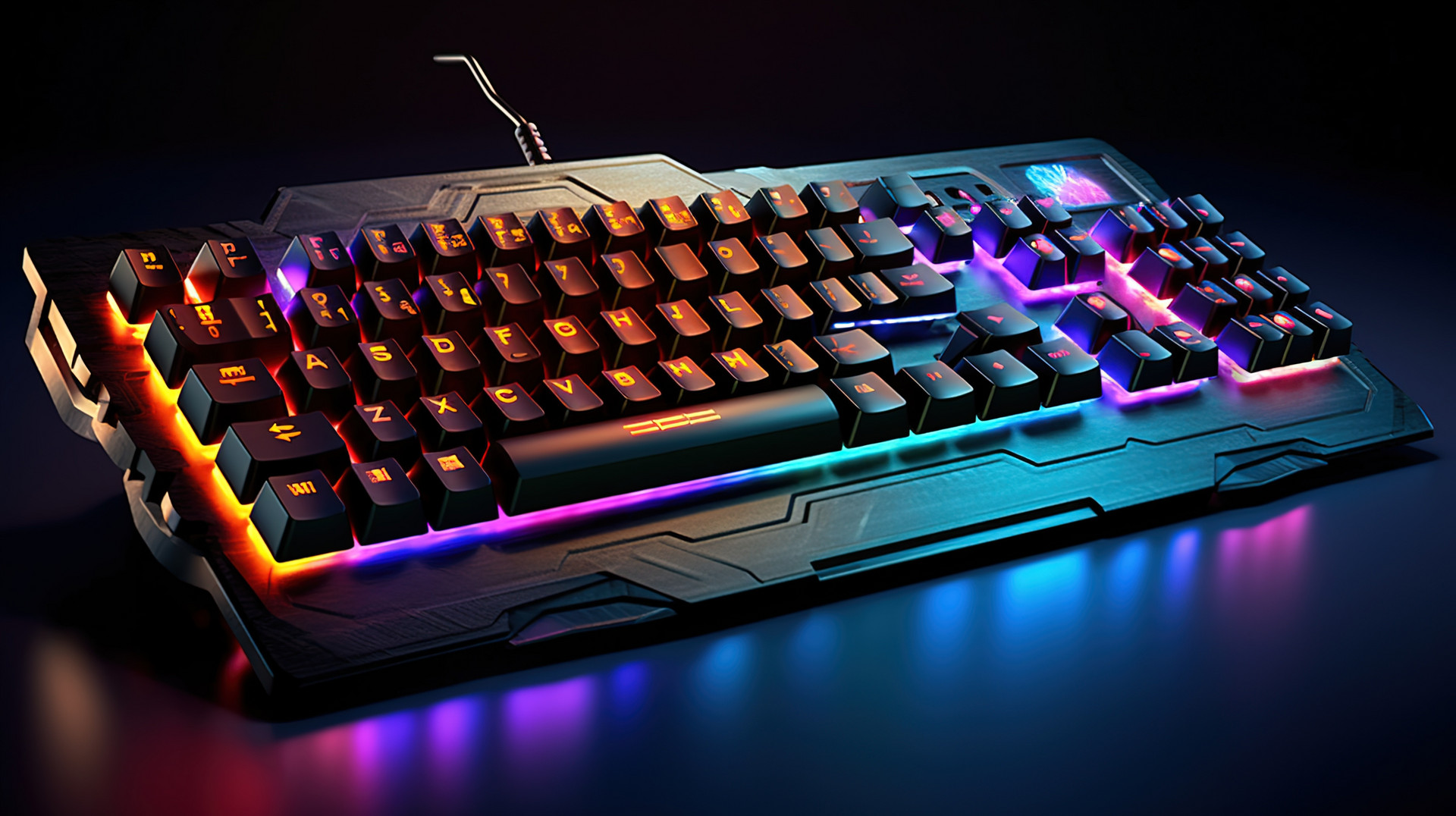Ultimate Guide to Tactile and Silent Mechanical Keyboard Switches
Discover the ultimate guide to tactile switches, silent keyboard switches, and mechanical keyboard switches. Learn how to choose the right switch for typing, gaming, and quiet performance while enhancing comfort and precision.
Mechanical keyboards have surged in popularity over the past decade, becoming a staple for gamers, typists, and professionals alike. At the heart of every mechanical keyboard is its switch—the component responsible for translating your keystrokes into actions on-screen. Choosing the right switch can dramatically affect your typing experience, typing speed, comfort, and even noise levels. This guide dives deep into tactile switches, silent keyboard switches, and other mechanical keyboard switches, helping you make an informed choice.
1. Understanding Mechanical Keyboard Switches: An Overview
Mechanical keyboard switches differ fundamentally from membrane or rubber dome switches. While traditional keyboards rely on pressure pads that collapse to complete a circuit, mechanical keyboard switches use individual mechanical components for each key. This design allows for greater durability, precise feedback, and improved typing feel.
Most mechanical switches share a few key characteristics:
Actuation Force: The pressure required to register a keypress.
Travel Distance: How far a key must move before it activates.
Feedback: The tactile or auditory response when pressing a key.
Lifespan: Mechanical switches often last tens of millions of keystrokes, far longer than membrane switches.
By understanding these basics, you can better appreciate the nuances of tactile switches and silent keyboard switches.
2. What Are Tactile Switches and How Do They Work?
Tactile switches are designed to provide a noticeable bump during keypress, signaling to the user that the key has been activated. Unlike linear switches, which move smoothly without feedback, tactile switches give both physical and audible cues (though quieter than clicky switches).
Key benefits of tactile switches:
Typing Accuracy: The tactile bump helps typists feel the exact moment of actuation, reducing accidental keypresses.
Comfort: The feedback encourages lighter typing and can reduce finger fatigue over long sessions.
Versatility: Tactile switches suit both gaming and office work, striking a balance between responsiveness and feedback.
Popular tactile switches include Cherry MX Brown, Gateron Brown, and certain boutique options. They are especially favored by typists who need feedback but want to avoid the loud clicky sounds associated with traditional mechanical switches.
3. Silent Keyboard Switches: Quiet Typing Without Compromising Performance
Silent switches are a subset of mechanical switches designed to minimize noise without sacrificing typing quality. They often use dampening materials or specialized designs to reduce the characteristic “clack” of a mechanical keyboard.
Advantages of silent keyboard switches:
Noise Reduction: Ideal for shared workspaces, libraries, or home offices where quiet typing is essential.
Tactile Feel Retained: Many silent switches still provide the tactile feedback of standard mechanical switches.
Gaming Friendly: Fast and smooth keypresses help gamers react quickly without disturbing others.
Examples of silent switches include Cherry MX Silent Red, Gateron Silent Brown, and certain optical silent switches. These are perfect for users who value performance but prefer a quieter environment.

4. Tactile vs Silent Switches: Key Differences Explained
While both tactile switches and silent keyboard switches enhance the typing experience, they serve slightly different purposes:
|
Feature |
Tactile Switches |
Silent Keyboard Switches |
|
Feedback |
Bump felt at actuation |
May be linear or lightly tactile |
|
Noise Level |
Moderate (quieter than clicky) |
Very low |
|
Ideal Use |
Typing, general-purpose keyboards |
Office, home, quiet gaming |
|
Actuation Force |
Moderate |
Light to moderate |
|
Popular Models |
Cherry MX Brown, Gateron Brown |
Cherry MX Silent Red/Brown |
Choosing between these two depends on your priorities. If you want physical feedback while typing, tactile switches are ideal. If noise reduction is crucial, silent switches will suit you best.
5. Popular Mechanical Keyboard Switch Types You Should Know
Mechanical keyboard switches come in three broad categories:
Linear Switches: Smooth keystrokes without tactile feedback. Ideal for fast-paced gaming.
Tactile Switches: Bump feedback helps typing precision. Great for both work and play.
Clicky Switches: Audible click with every keystroke. Often preferred by typists who enjoy a satisfying sound.
Within these categories, tactile and silent switches have become increasingly popular. For example:
Cherry MX Brown: Tactile, moderate noise.
Cherry MX Silent Red: Linear, quiet operation.
Gateron Silent Brown: Combines tactile feedback with reduced noise.
Understanding the range of switch types helps users customize keyboards to their exact needs.
6. Choosing the Right Switch for Your Typing Style and Needs
Selecting the right mechanical keyboard switches depends on several factors:
Typing Frequency: Frequent typists may prefer tactile switches for precision, while gamers might choose linear or silent options for rapid actuation.
Noise Tolerance: Silent switches reduce noise in shared or quiet environments.
Force Preference: Some users like heavier switches for accuracy, others prefer lighter switches for speed.
Ergonomics: Tactile switches can reduce fatigue during long typing sessions.
Testing multiple switches before purchase is recommended, as individual feel and comfort vary greatly.
7. Maintenance and Longevity of Tactile and Silent Keyboard Switches
Mechanical switches are durable but still require maintenance to perform optimally over time. Key tips include:
Regular Cleaning: Dust and debris can affect switch performance. Compressed air or switch cleaners are helpful.
Lubrication: Certain tactile switches can be lubricated to reduce friction and smooth keystrokes.
Avoid Liquid Exposure: Moisture can damage the internal components of mechanical switches.
Replace Worn Switches: Though mechanical switches are rated for millions of keystrokes, replacing heavily used switches ensures consistent performance.
Proper care ensures your tactile and silent keyboard switches last for years without degrading performance.
8. Customizing Your Mechanical Keyboard Experience
Customization is one of the main appeals of mechanical keyboards. Options include:
Switch Modifications: Swap tactile switches for silent variants or add dampening rings to reduce noise.
Keycaps: Upgrade keycaps for better feel, aesthetics, or ergonomics.
Combination Layouts: Mix tactile and silent switches for hybrid typing experiences.
Stabilizers: Improve consistency of larger keys like the spacebar, shift, or enter.
Through these customizations, users can tailor their keyboards to perfectly match their typing habits and noise preferences.
Conclusion
Choosing the right mechanical keyboard switches—whether tactile switches, silent keyboard switches, or other types—is critical for an enjoyable typing or gaming experience. Tactile switches provide precise feedback, enhancing typing accuracy and comfort, while silent switches allow quiet operation without compromising performance. By understanding your needs, testing different switches, and maintaining your keyboard properly, you can enjoy years of smooth, responsive typing.
Whether you’re a gamer seeking rapid actuation, a professional needing quiet operation, or a typist craving tactile feedback, the world of mechanical keyboard switches offers countless options to elevate your typing experience.
